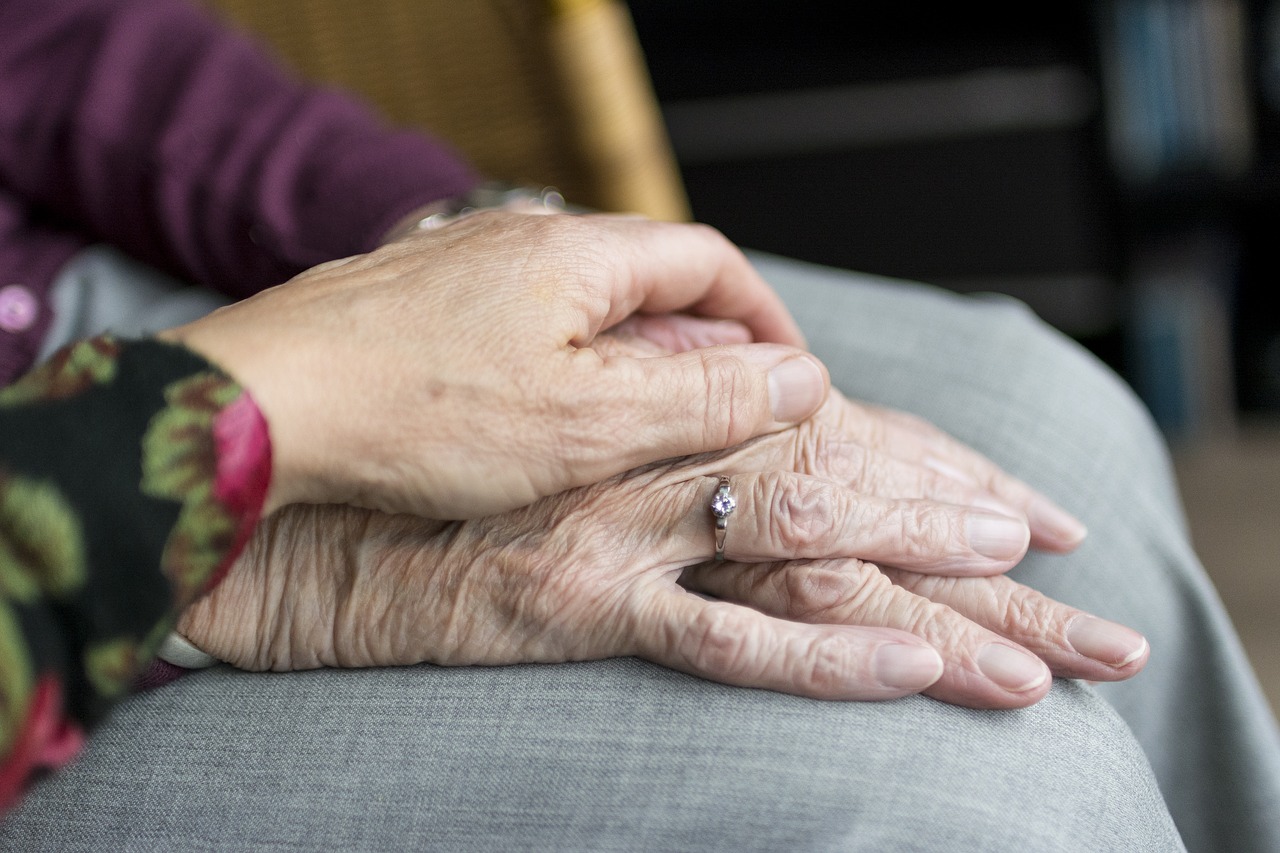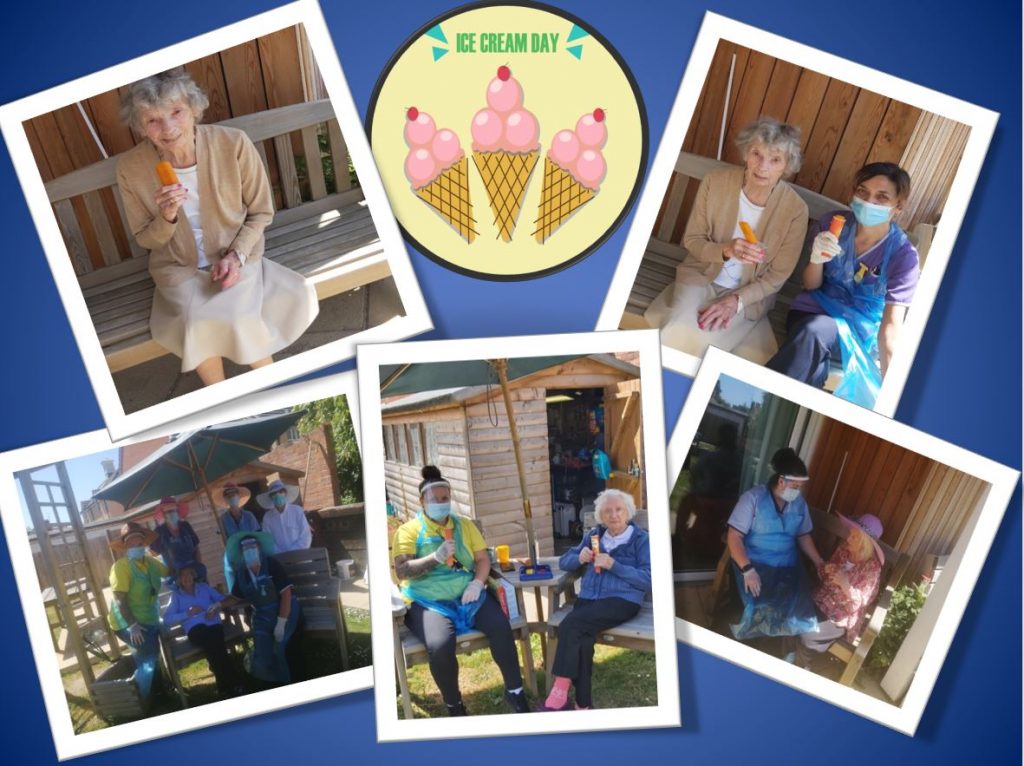Put yourself in the position of an older person who is starting to struggle with everyday tasks, or perhaps even experiencing the early stages of dementia. Facing up to the situation isn’t always easy. They may have spent their whole life being the person who gives advice and support to their family, they may always have been independent and proud.
Accepting the passage of time and that you need care is a difficult step and needs to be handled carefully. For family members, starting the conversation about care needs can be daunting. It can involve a sensitive role-reversal where you are suddenly expected to be the one giving the advice. There’s an understandable anxiety about how your loved one will react and, quite likely, questions about the cost of care.
Putting it off never helps
In 2016, the charity Independent Age commissioned research to investigate attitudes to conversations about care in later life. The study revealed a stark contrast between what we believe and what we do. 82% of the people in the survey said it was fairly or very important to talk to older relatives about ‘where they would like to live if they could no longer live at home’, but just 23% said they had done so.
Perhaps this was just a question of timing in some cases. But, for whatever reason, starting the conversation about care seems to be the hardest part.
Ultimately, your concern will be to ensure that your family member receives the care they need. You’re much more likely to achieve this without a major upset if you are prepared and well-informed.
How to have the conversation
Being an unpaid carer can sometimes leave you feeling exasperated because of a particular event. This is the worst possible time to start the conversation. You also don’t want to produce care home brochures ‘out of the blue,’ with no preparation.
First, you have to change your relative’s perceptions about their need for care and what care might mean. If they don’t accept that they need care or don’t think that their opinions are being respected it’s going to be a struggle to get them to consider anything.
Here are a few suggestions that may help:
- Choose the time and the place carefully. Make sure that it’s not a time when either of you is likely to be tired or stressed and that the conversation can take as long as you need. Choose somewhere calm where you won’t be disturbed.
- Be well informed. There are many care options including care at home, assisted living and care homes. Make sure you know what all of these entail, including costs.
- Find out about possible financial support that might be available and what you need to do to access this.
- Consider involving a friend or person that your relative respects so that there is an independent voice in the conversation.
Websites such as Age UK have plenty of useful information about different care options, costs and financial support. You can also contact the team at Altogether Care who will be happy to talk through your options and help you prepare to have the conversation with confidence.



















